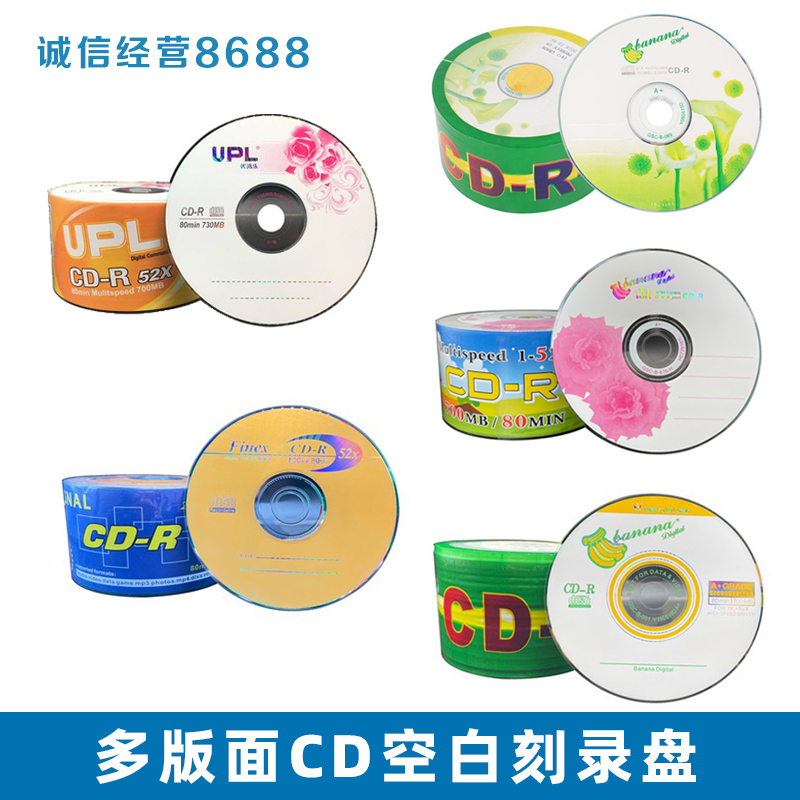刻录光盘技术解析:从基础到应用
尕枯非生
2024-11-12 12:52:51
0次
刻录光盘技术解析:从基础到应用
一、基础概念
刻录光盘技术是一种将数字信息记录在光盘上的技术。通过使用专门的刻录设备和刻录软件,用户可以将音频、视频、图片、文档等数字信息刻录到光盘上,以便于存储、传输和分享。 二、刻录光盘的种类 根据不同的需求和用途,刻录光盘主要分为以下几类: 1. CD光盘:用于存储音频文件和部分数据文件。 2. DVD光盘:存储容量更大,适合存储视频、图片等大容量文件。 3. 蓝光光盘:存储容量更大,图像质量更高,适合存储高清视频等。 三、刻录光盘的步骤 1. 准备刻录设备和刻录软件:选择一款适合自己需求的刻录设备和刻录软件。 2. 连接设备并安装软件:将刻录设备连接到电脑并安装相应的刻录软件。 3. 选择刻录模式:根据需要选择刻录模式,如CD、DVD或蓝光等。 4. 添加文件:将要刻录的文件添加到刻录软件中。 5. 配置参数:设置刻录速度、输出格式等参数。 6. 开始刻录:点击开始按钮进行刻录。 7. 完成刻录:等待刻录完成并取出光盘。 四、应用场景 1. 数据存储和备份:将重要数据文件刻录到光盘上,以便于存储和备份。 2. 视频制作和分享:将视频文件刻录到光盘上,方便观看和分享。 3. 音频和图片分享:将音乐和图片文件刻录到CD或DVD上,分享给亲朋好友。 4. 制作光盘媒介:制作各种光盘媒介,如教学光盘、游戏光盘等。 五、注意事项 1. 选择合适的刻录速度和输出格式,以保证刻录质量和速度。 2. 在刻录前检查文件是否完整和正确,避免出现错误或数据丢失的情况。 3. 保持设备连接稳定,避免因连接不良导致的刻录失败或数据损坏等问题。 4. 注意保管好已刻录的光盘,避免因物理损坏导致的数据丢失。 英文翻译: Introduction to CD Burning Technology: From Basics to Applications I. Basic Concepts CD burning technology is a technology that records digital information onto optical discs using specialized burning devices and software. By using these tools, users can record audio, video, images, documents, and other digital information onto discs for storage, transmission, and sharing. II. Types of CD-R Discs CD-R discs are mainly classified based on their needs and uses as follows: 1) CD-R for audio files and some data files; 2) DVD-R with a larger storage capacity for videos, images, and other large files; and 3) Blu-ray discs with even larger storage capacity and higher image quality for storing high-definition videos and more.III. Steps for CD Burning
1. Prepare the burning device and software: Select a burning device and software that meets your needs. 2. Connect the device and install the software: Connect the burning device to the computer and install the corresponding software. 3. Select the burning mode: Choose the CD, DVD, or Blu-ray mode as needed. 4. Add files: Add the files to be burned to the burning software. 5. Configure parameters: Set the parameters such as burning speed and output format as needed. 6. Start burning: Click the start button to begin the burning process. 7. Complete the burning: Wait for the process to complete and remove the disc when done. IV. Application Scenarios 1. Data storage and backup: Record important data files onto CDs for storage and backup purposes. 2. Video production and sharing: Burn video files onto CDs for easy viewing and sharing with others. 3. Audio and image sharing: Record music and image files onto CDs or DVDs to share with friends and family members easily. 4. Creating optical media: Produce various types of optical media such as educational CDs or game discs for distribution or use by others. V. Precautions for CD Burning: 1) Select an appropriate burning speed and output format to ensure both quality and speed of the burn process; 2) Check files for completeness and correctness before starting the burn process to avoid errors or data loss; 3) Maintain a stable connection between device to avoid failures or data corruption due to poor connection; 4) Take care of properly storing burned discs to prevent data loss due to physical damage over time; Remember these tips when working with CD burning technology to ensure successful results every time!相关内容
热门资讯
办公耗材中刻录光盘的优缺点分析
刻录光盘是办公耗材中常见的存储媒介,具有大容量、长寿命、便携等优点,成本较低可重复使用。但读取速度慢...
办公刻录光盘的分类及用途说明
办公刻录光盘分为数据、音频、视频三类,分别用于储存数据、音乐和视频文件。按功能分有CD、DVD和蓝光...
刻录光盘:全面解析办公耗材中的...
本文全面解析了刻录光盘在办公耗材中的优势和应用,包括大容量存储、快速传输、长时间保存和便于携带等特点...
刻录光盘——环保又经济的办公存...
文章摘要:刻录光盘是一种环保经济的办公存储方案,具有物理存储介质、生产过程环保、成本低、稳定性强和便...
提升办公效率,刻录光盘如何发挥...
在数字化时代,刻录光盘依然有效提高办公效率的工具。它们可存储大量信息、快速传输数据、便捷共享,并提升...
办公耗材新选择:刻录光盘的多样...
摘要:刻录光盘作为办公耗材,具有大存储空间和长久保存优势,应用于会议材料存储、教育培训备份、档案馆图...
刻录光盘的多样用途与选购指南
刻录光盘用于数据备份、存储多媒体等,选购时需考虑类型、品牌、速度、质量、兼容性等,要结合实际需求和预...
刻录光盘选购指南,让你轻松选择...
选购刻录光盘指南:确定需求,选知名品牌,考虑兼容性,比较价格与成本效益,注意包装、环保与售后。综合多...
办公耗材新选择:刻录光盘的应用...
刻录光盘是办公耗材新选择,用于数据存储、备份及多媒体展示等。其应用与发展包括高密度存储、云计算结合、...
办公必备:刻录光盘的实用指南
办公必备:本文提供了刻录光盘的实用指南,包括选择正确的刻录盘、准备刻录软件、连接刻录设备、开始刻录、...



